Category: Buried Treasure
This large hillfort has a plethora of traditions attached to it, most notably that it is the site of the legendary Camelot, the stronghold of Arthur. There is a distinct possibility that the historical Arthur – probably a sixth century war leader – had his base here, as the Iron Age hillfort was reoccupied and refortified around this time.
This standing stone has a number of traditions associated with it, it looks very much like a Neolithic standing stone, although sources suggest that it actually dates to the fifth century, during the end of the Roman occupation. The name of the stone is certainly of Roman origin although it may have been old during the Roman period.
This legend belongs to the area around Stokesay Castle in Shropshire, and was first recorded in Shropshire Folklore, A Sheaf of Gleanings by Burne and Jackson London 1883. What follows is a short adaptation of the original folklore.
This thirteenth century fortified manor house is supposedly the hiding place of a treasure chest full of gold, which was hidden by two giants. The legend says the treasure is guarded by a raven which sits atop the chest. The key to the chest was apparently lost when one of the giants dropped it in the moat.
Sinnoden Hill standing next to Harp hill, was once a Roman Fort during the period of their occupation. Legend suggests that there is buried treasure on the hill, hidden in Roman times in an area called the money pit.
There used to be a large manor house (now demolished) called Birchen Bower in Hollinwood in Oldham, which was famous for its alleged haunting by a Grey Lady called Hannah Beswick.
Shaftesbury abbey was a Benedictine nunnery that was founded by Alfred the Great around AD888, King Alfred’s daughter was also the first Abbess of Shaftesbury.
This old story provides an explanation for the naming of the Black Dog Inn near Uplyme in Devon. The black dog seems to be a spirit guardian of treasure.
A weight of awe, not easy to be bourne,
Fell suddenly upon my spirit – cast
From the dread bosom of the unknown past
When first I saw that family forlorn..

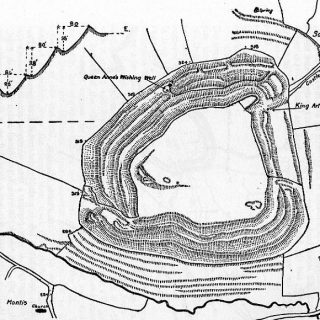
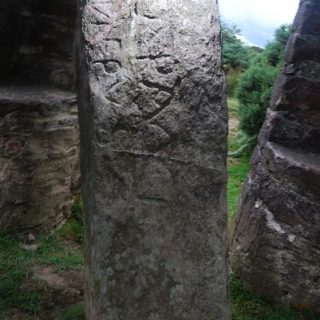
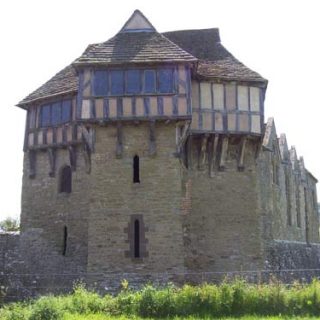
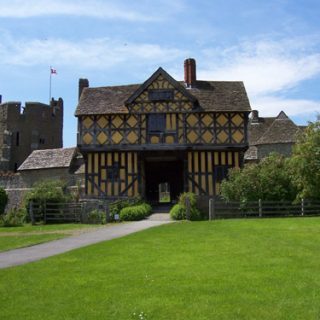
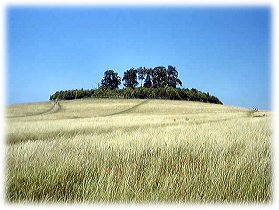

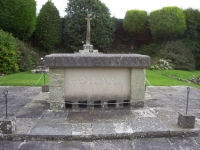

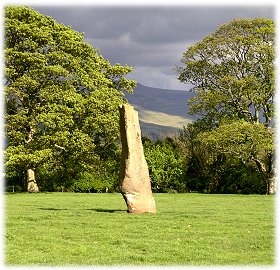
Recent Comments